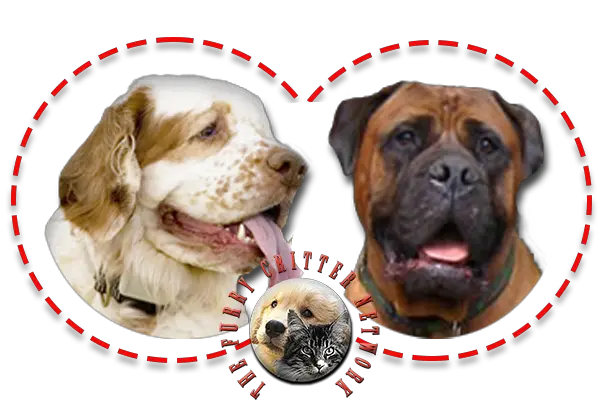Behavior
Their temperament is described as gentle, loyal and affectionate, but dignified and aloof with strangers. They can appear to be a sedate breed and enjoy curling up on the couch, eating and sleeping.
Clumber Spaniels shed at a medium pace and require to be brushed and groomed frequently. Clumbers tend to drool because of their very droopy flews. Clumbers have minds of their own. Puppies are especially curious and playful. The breed has a trophy mentality and the dog has an incessant need to carry something most of the time; unfortunately this can lead to health issues as they may ingest the items. Clumber Spaniels have the tendency to be more reserved with other dogs, until they have warmed up to them.
The breed has been used to hunt pheasant and partridge, in both small packs and alone. It is well-suited for work in upland hunting in dense cover, and although the Clumber is rather slow in the field compared to other spaniels, it is a quiet worker with a fine nose and good stamina. The broad muzzle of the breed allows it to retrieve a variety of game. Clumber Spaniels can be very content indoors or out, but mostly wherever their owner is, is where they seem most pleased. Clumber Spaniels do not have a frequency to bark and are more considered companions in the home rather than a watch dog.
Preferably, he should live in the country. He needs space and exercise, as well as frequent brushing and regular attention to the ears.
Health
Because Clumber Spaniels are large boned and fast growing, they can suffer from temporary lameness from between six to twelve months of age, with this lameness subsiding when bone growth is complete. Another common condition that the breed suffers from are impacted anal sacs and the dog may require them to be emptied by a veterinarian. The final common condition that the breed has is heat sensitivity, if Clumber Spaniels are left without shade, they can become uncomfortably hot and dehydrated.
In addition, Clumber Spaniel often have difficulties conceiving and giving birth, and may require caesarian sections. Some dogs may suffer from sensitivity to anaesthesia. The most common severe health conditions in the Clumber Spaniel are entropion/ectropion eye conditions, spinal disc herniation and hip dysplasia.






